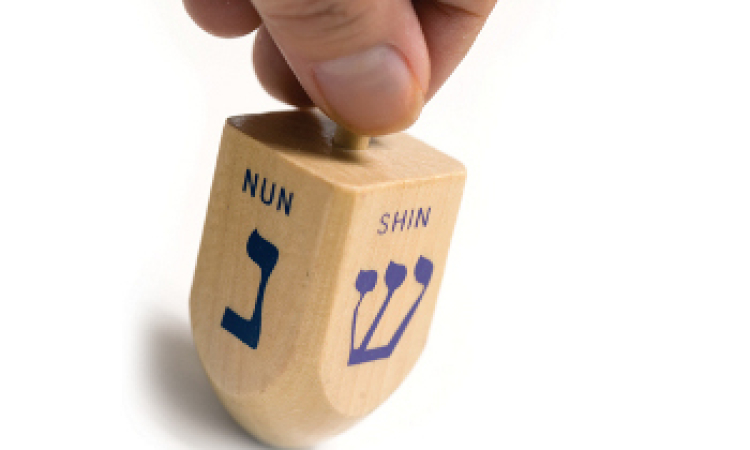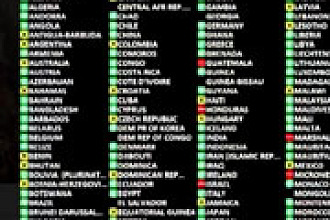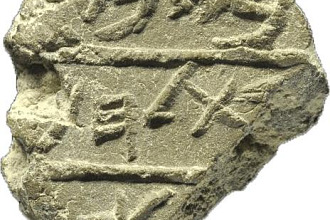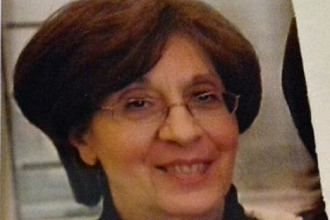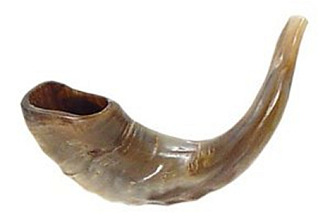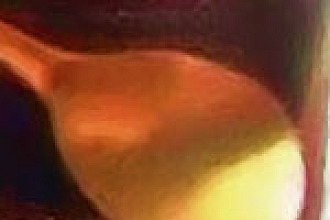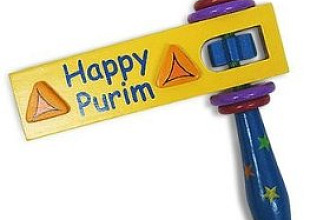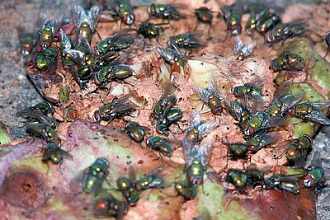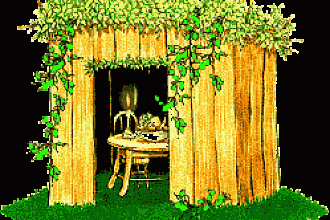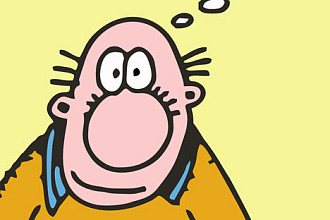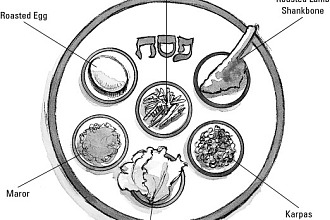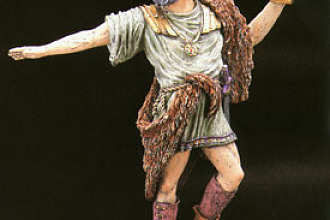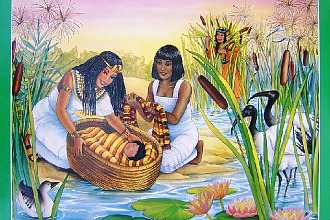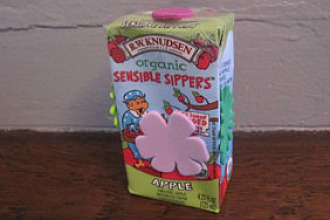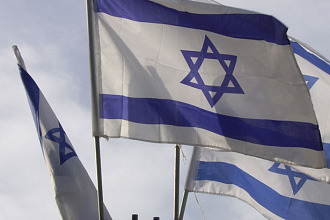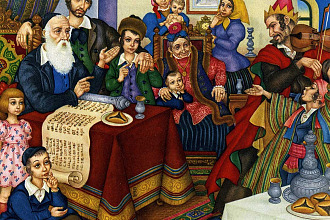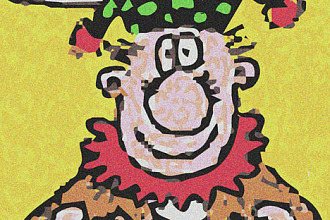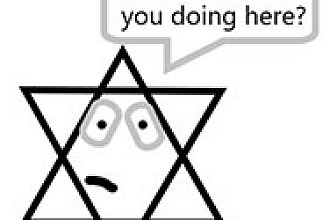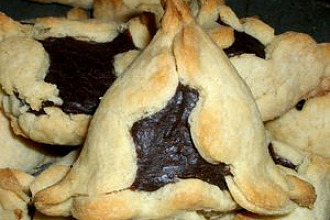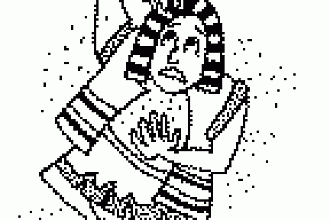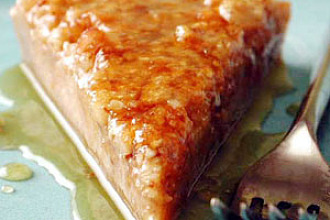Dreidels are often used to play a game around Hanukkah to win chocolate coins also known as gelt. It has four sides and each side has a Hebrew letter.
One side has the letter “nun”. In English speaking countries when the game is played, if the dreidel lands on this letter, “nothing” happens (nothing corresponding to the “N” English sound of the Hebrew letter nun.) The player gets nothing and loses nothing. Another side of the dreidel is has the letter gimmel. If the dreidel lands on this side the spinner “gets” all the chocolate coins. Another side of the dreidel has the letter “hey”. If the spinner lands here, he would get “half” of the chocolate coins. The fourth side has the letter “shin” (in countries outside of Israel – more on that below). If the player’s dreidel lands on “shin” he has to “share” some of his chocolate coins in the pile of coins that can be won by him/herself or other players (“5 Hanukkah Traditions”, n.d).
Now you might be thinking, “What does this have to do with Hanukkah?” The four Hebrew letters on the sides of the dreidel that show you how to play the game stand for the words that form an acronym for the phase translated as “a great miracle happened there.” Nun for Nes, which means miracle, Gimmel for Gadol which means great, Hay for Hayam which means happened, and Shin for Sham which means there. Obviously, in Israel they would not say “a great miracle happened there.” Rather, the dreidels in Israel have the letter “Pay,” which stands for the word po meaning “here,” instead of the Shin which means there. So an Israeli dreidel’s letters spell out the acronym “A great miracle happened here.” Hanukkah is all about that miracle, or maybe we should say miracles. (“Hanukkah: Everything You Need to Know about Playing Dreidel”, 2014).
What is that miracle, or those miracles? In short; we won the war, got our country back, our capital back, our temple back, and were able to re-dedicate (Chanukah means dedicate) it to the Lord.
The dreidel is deeply rooted in Jewish tradition, but where does this traditional game come from?
Some accounts take it back to the time of the Maccabees when the Greeks outlawed Torah reading on pain of death. In order to continue to congregate, read the Torah together, and pray together, the Jewish people would have dreidels with them and when the lookout sounded that Greek soldiers were coming, the Torah was put away and the dreidels came out. By the time the Greek soldiers reached the meeting place they found them playing games.
It is not known exactly where the game with the spinning top came from, but there has been some evidence that ancient Babylon had a similar game which used spinning blocks with images to signify winning and losing, and some believed the game was then sent into India and Europe. Some also believe that the game originated in ancient Greece or Rome, which is why some dreidels use letters for phases in Latin. A meaning aufer to take from the pot, D for the word depone which means to put in the pot, N was for nihil which means nothing, and T was for totum meaning to take all (Rosenberg, Anat, 2014).
In the 16th century, the teetotum game had become very popular in Ireland and England, especially around Christmas. In the year 1801 letters on the sides of the tops were changed to reflect the language. T meaning the person would take all, H to mean half is taken, P would mean put down, and N would mean nothing. When the teetotum game came to Germany the letters were also changed to fit the language and used G to represent gantz which means all, H represented halb which means half, S represented stell ein which means to put in, and N represented nicht which means nothing (Rosenberg, Anat, 2014).
The Yiddish word dreidel might come from the German word drehen which means “to spin.”
The dreidel has a special connection with Hanukkah. Even the strange, complex, and little understood history of the dreidel can remind us that God can use all the strange and complex parts of our own history to point us back to Him if we allow Him to.
References:
Anonymous n.d “5 Hanukkah Traditions” Punchbowl received from https://www.punchbowl.com/p/5-hanukkah-traditions
Anonymous 2014 “Hanukkah: Everything You Need to Know about Playing Dreidel” received from http://abc7.com/religion/happy-hanukkah-everything-you-need-to-know-about-playing-dreidel/408071/
Rosenberg, Anat 2014 “Gyration Nation: The Weird Ancient History of the Dreidel” Haaretz received from http://www.haaretz.com/jewish/features/.premium-1.631316
Picture originally found here

